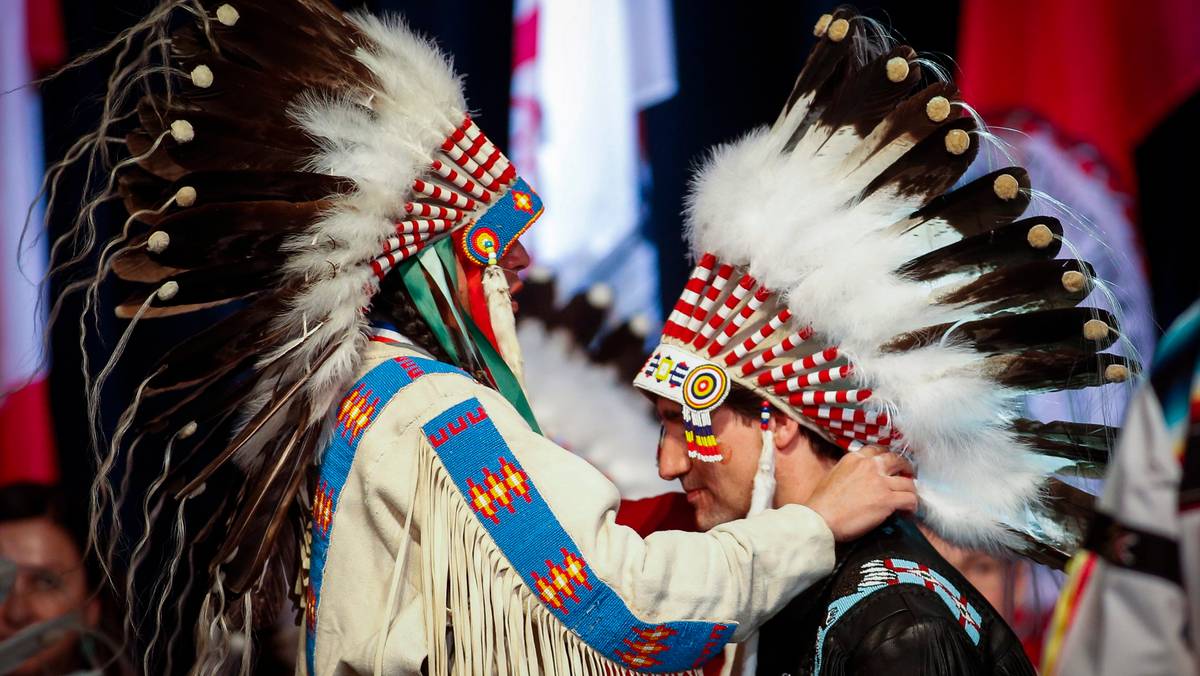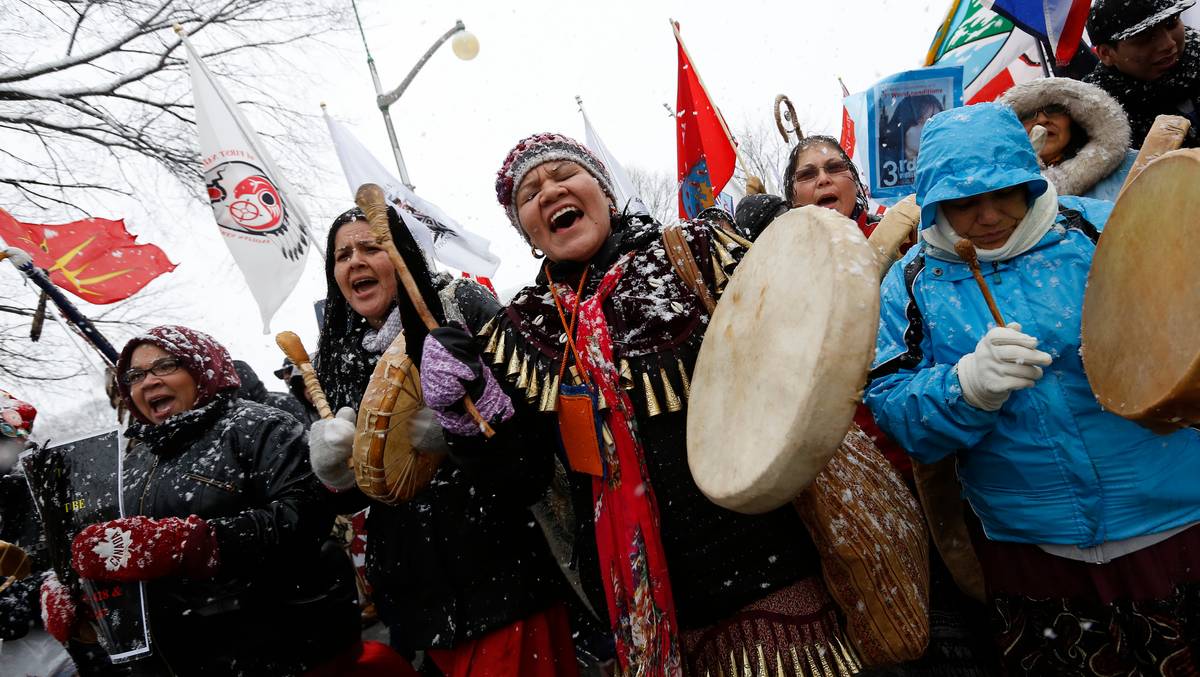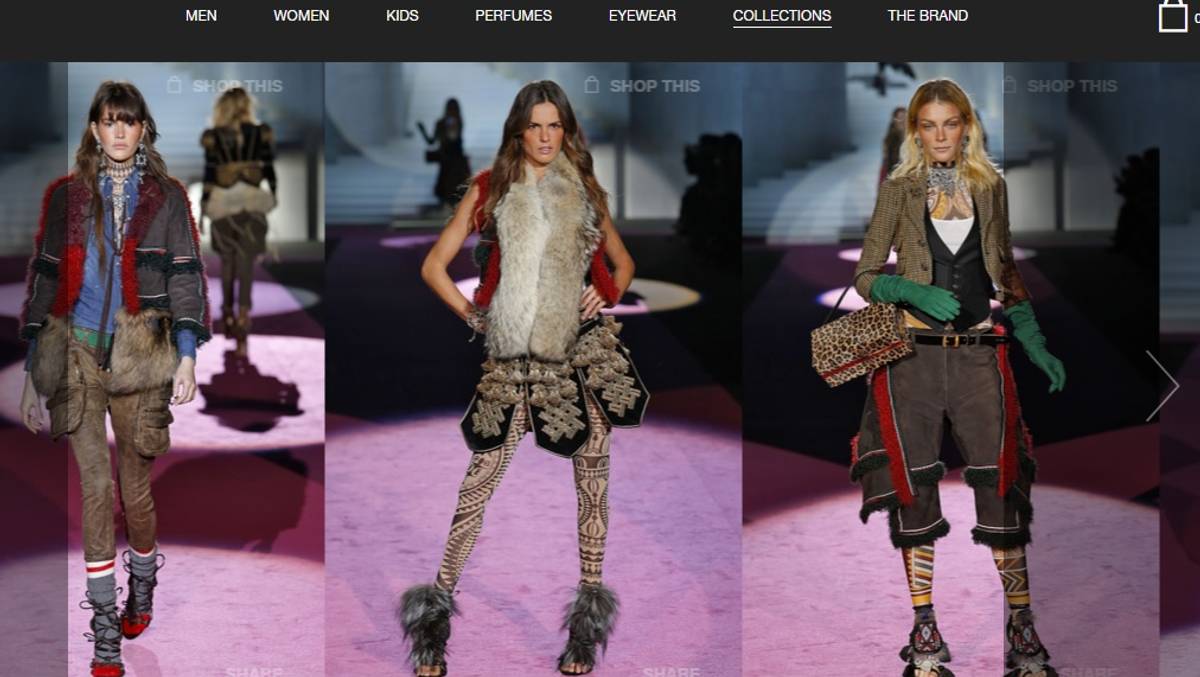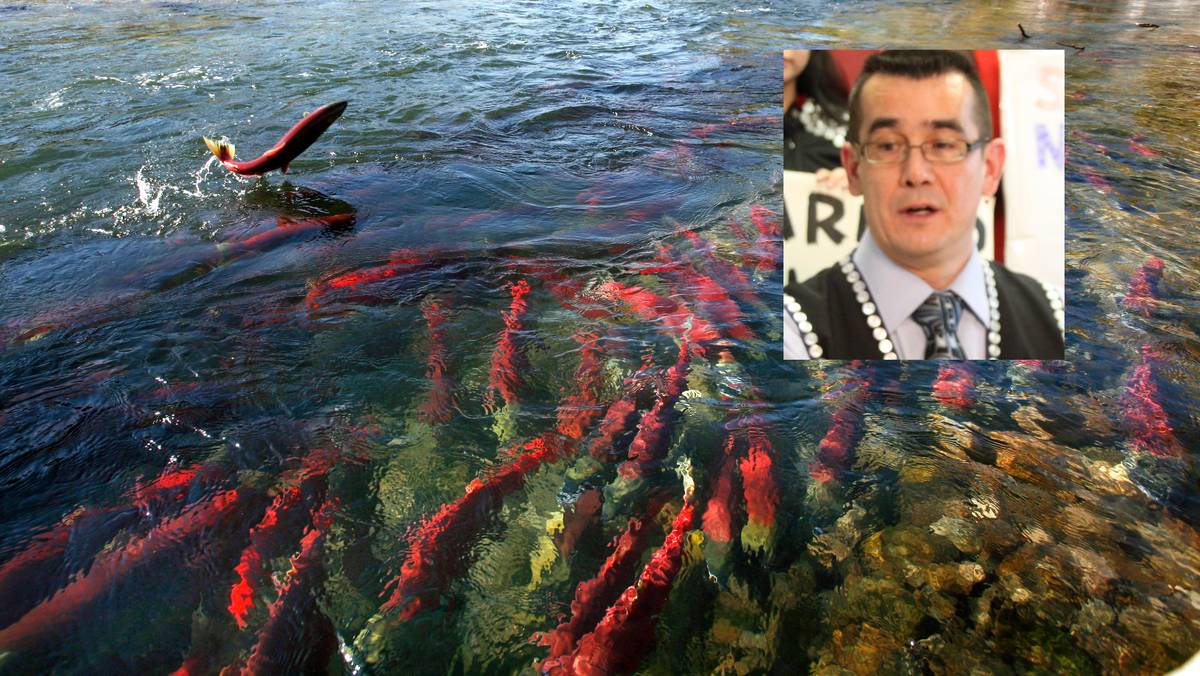“By working together, we can more effectively mitigate risks and support the recovery of this iconic bird”
City Will Gibson
Follow the CEC on LinkedIn CEC LinkedIn
Follow the CEC on Facebook CEC Facebook
Follow the CEC on Twitter CEC Twitter
A whooping crane chick hatched by the Wilder Institute/Calgary Zoo on August 1, 2023. Since 1994, Calgary Zoo keepers have successfully hatched 54 whooping cranes, some of which have been transferred to partner organizations for release into nature, while others remained in nature. of their conservation breeding programs. Photo courtesy of the Wilder Institute/Calgary Zoo
After coming dangerously close to extinction in the 1940s due to habitat loss and overhunting, the whooping crane has made a comeback.
The main reason the population of North America’s largest bird species, so named for their distinct calls, has grown from just 21 birds in the wild to more than 800 today is to conservation efforts.
And those efforts will intensify after Canada’s largest oil and gas producer, Canadian Natural Resources, provided $600,000 over the next three years to support the Wilder Institute/Calgary Zoo project. whooping crane recovery program.
“This is a very unique partnership with Canadian Natural that means a lot to our conservation efforts. This is the first of its kind for us, but it’s not necessarily the last,” said Kimberly Greenlaw, Wilder Institute’s senior director of philanthropy and partnerships.
In addition to supporting the zoo’s whooping crane conservation work, as part of the agreement, this spring members of the Wilder Institute’s animal care, health and welfare team will visit the one of Canadian Natural’s oil sands mining sites in northern Alberta.
After an initial assessment, they will make recommendations for short-term care or provide support to whooping cranes in need.
“The institute’s expertise will strengthen whooping crane recovery efforts, while improving Canadian Natural’s environmental practices,” said Bill Clapperton, vice-president of regulatory, stakeholder and environmental affairs.

Whooping cranes enjoying new habitat at the Wilder Institute’s Archibald Biodiversity Center. Photo courtesy of the Wilder Institute/Calgary Zoo
Lea Randall, senior director of conservation programs at the Wilder Institute, notes that thanks to collaborative, cross-border conservation efforts, the wild Canadian whooping crane population has grown to about 500 individuals.
“While this is a great achievement, the whooping crane remains an endangered species under Canada’s Species at Risk Act,” she said.
“We recognize the importance of forging partnerships with organizations across sectors. By working together, we can more effectively mitigate risks and support the recovery of this iconic bird.
The Wilder Institute/Calgary Zoo has participated in a conservation breeding program for whooping cranes since 1992. The first chick to successfully hatch under human care on the farm was in 1994.
Since then, Calgary Zookeepers have successfully hatched 54 whooping cranes, some of which have been transferred to partner organizations for release into the wild, while others have remained an integral part of their breeding programs. conservation.
Whooping crane eggs laid today at the Wilder Institute are sent to partner organizations in the United States, where they hatch and are raised for release in Louisiana or Wisconsin.

Photo courtesy of the Wilder Institute/Calgary Zoo
Ten males and seven females currently reside at the Wilder Institute’s off-site breeding center, the Archibald Biodiversity Centre, located approximately 75 kilometers east of Calgary.
A pair of whooping cranes will soon reside in a brand new habitat at the zoo, supported by a donation from Canadian Natural.
“The whooping crane is one of the most imperiled bird species in Canada. As ambassadors of their species, these iconic birds of North America will help educate generations of visitors about the importance of wildlife conservation,” says Greenlaw.
She sees the potential for future partnerships in the energy sector.
“Whether big or small businesses, people care about wildlife and its conservation.”
Unmodified reproduction of this content is free and attributed to the Canadian Energy Center Ltd.
Share this:
More press articles

“Explorer. Food advocate. Analyst. Freelance bacon practitioner. Future teen idol. Proud pop culture expert.”







